
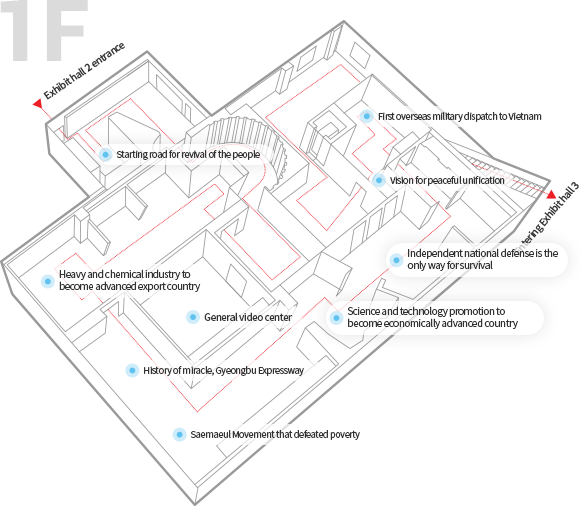
This exhibit begins with President Park Chung Hee’s Five-Year Economic Development Plans and the dispatch of miners and nurses to Germany. Visitors can listen to the pioneers who led the modernization of this country tell their stories of sacrifice and perseverance in the media hall. The exhibit touches on various facets of Korea’s journey to become the nation it is today, including its rapid industrialization, major investments in infrastructure, human capital, and science and technology, conscious efforts to reduce poverty in rural farming villages, and new role in the world.
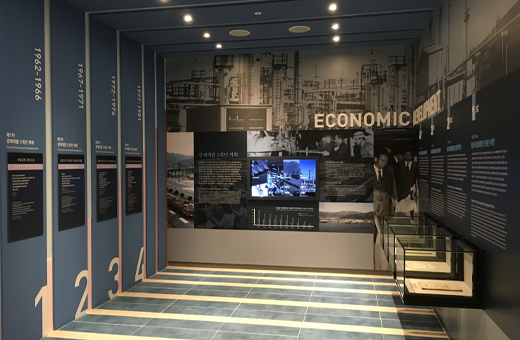
- Embarking on the Road to Recovery
- With limited resources and capital, and rising unemployment exacerbating an already desperate situation, Korea’s only way out was to institute and implement a series of economic development plans. Thus, in 1962, the Supreme Council for National Reconstruction launched the first Five-Year Economic Development Plan, the first attempt to purposefully develop the national economy with a long-term perspective. The plan symbolized a resounding rejection of a resigned notion that the country was destined for poverty and signaled a firm determination to take the initiative in national development instead.
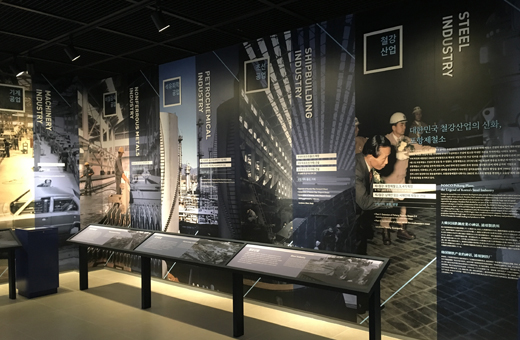
- Heavy and Chemical Industries
- As the economy transitioned from light industries, the development of heavy and chemical industries emerged as the next objective of the Five-Year Economic Development Plans in the 1970s. Firmly convinced that the next stage of the nation’s development must be led by heavy and chemical industries, President Park strongly promoted and supported these industries through his policies.
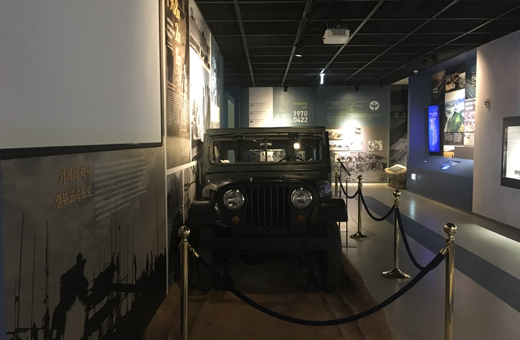
- The Gyeongbu Expressway
- On July 7, 1970, the Gyeongbu Expressway, Korea’s very first major highway, was opened to the public. As the nation’s ‘central artery,’ the expressway was a critical piece of the second Five-Year Economic Development Plan, which aimed to overhaul the nation’s infrastructure, especially its network of roads and highways. Completed in just two years and five months, it marked the beginning of Korea’s successful modernization.
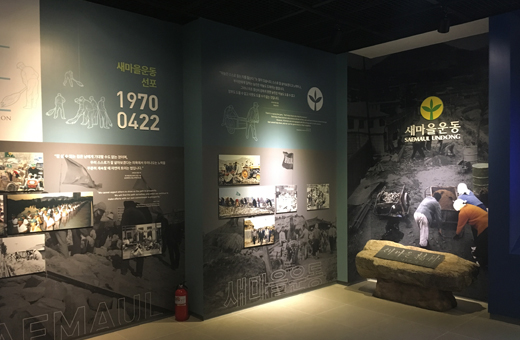
- The New Village Movement
- The New Village Movement (Saemaul Undong) aimed to eradicate poverty while also instilling a can-do and self-help spirit and reorganizing the social structure. President Park, himself born and raised in a poor farming village, took personal charge in advancing the movement throughout his tenure. The movement, which used a merit-based system rather than relying on egalitarian handouts, did not stop at merely modernizing rural villages and spread to factories, urban centers, and various workplaces to become a truly nationwide modernization movement.
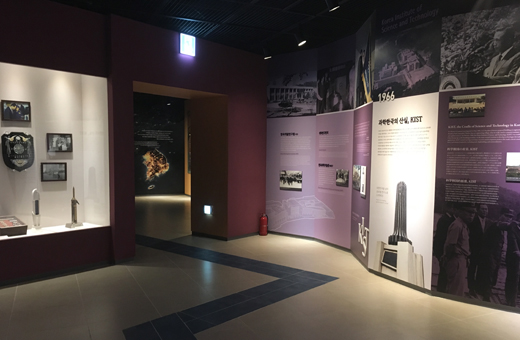
- Promotion of Science and Technology
- Park Chung Hee was a leader who understood and appreciated the paramount importance of science and technology to Korea’s development, proclaiming that “the driving force behind a nation’s revival and development lies in science and technology and their industrial applications.” Accordingly, President Park led the Korean government’s relentless efforts to invest in research and innovation and promote science and technology, which have been crucial in transforming Korea into one of the world’s most technologically advanced and wealthy nations today.
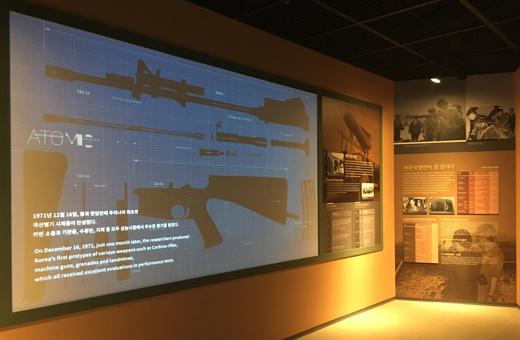
- Securing a Nation's Defense
- Korea’s efforts to bolster its self-defense capabilities officially began with the promotion of heavy and chemical industries. The next step was to develop the defense industry, which would modernize the military and make the nation self-reliant in national defense, able to respond to the North Korean threat as well as the potential reduction of U.S. forces on the peninsula. President Park emphasized that “Foreign assistance is merely assistance; we must be able to guarantee our own national security.”
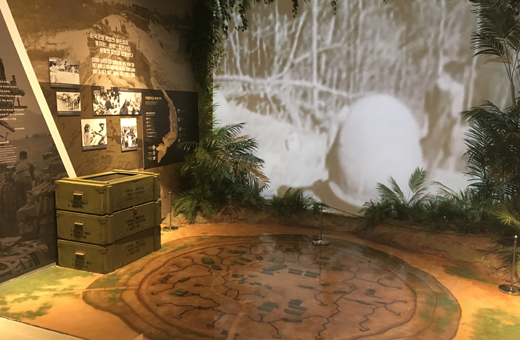
- The First Post-War Overseas Troop Dispatch
- The first overseas military mission since the founding of the Republic of Korea, the troop dispatch to Vietnam was borne out of a moral responsibility to protect the free world from communism as well as a desire to repay the 16 allied countries that aided South Korea during the Korean War. The dispatch of Korean soldiers greatly enhanced the status of Korea’s armed forces, further solidifying their partnership with U.S. forces, and enabled many Korean businesses to make inroads into Vietnam, reducing unemployment and earning over $1 billion.
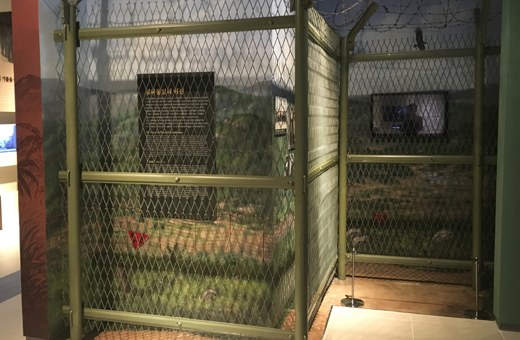
- A Vision for Peaceful Reunification
- On June 23, 1973, President Park proposed simultaneous entry by the two Koreas into the United Nations in his Declaration of Peaceful Reunification Diplomacy, effectively recognizing North Korea as its own nation-state. Confident in the nation’s strength derived from its economic development over the past decade, President Park demonstrated a genuine desire to pursue peaceful reunification diplomacy that embraces North Korea as a partner.